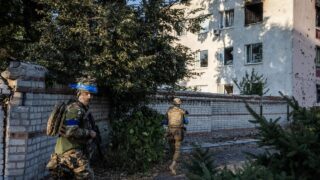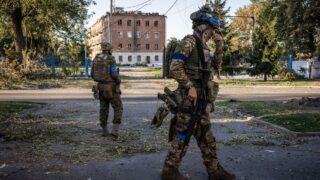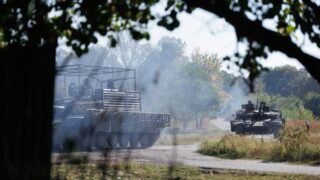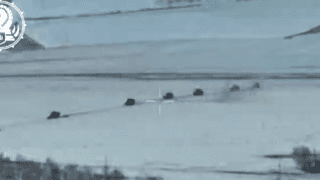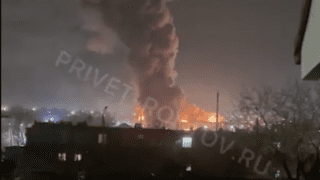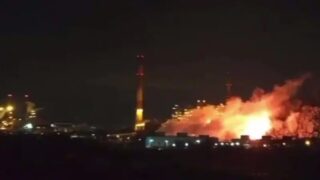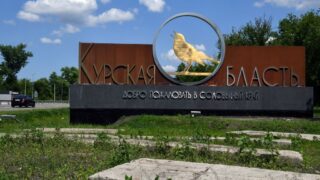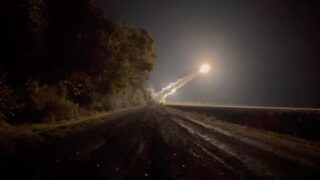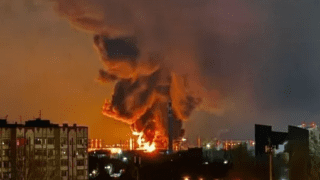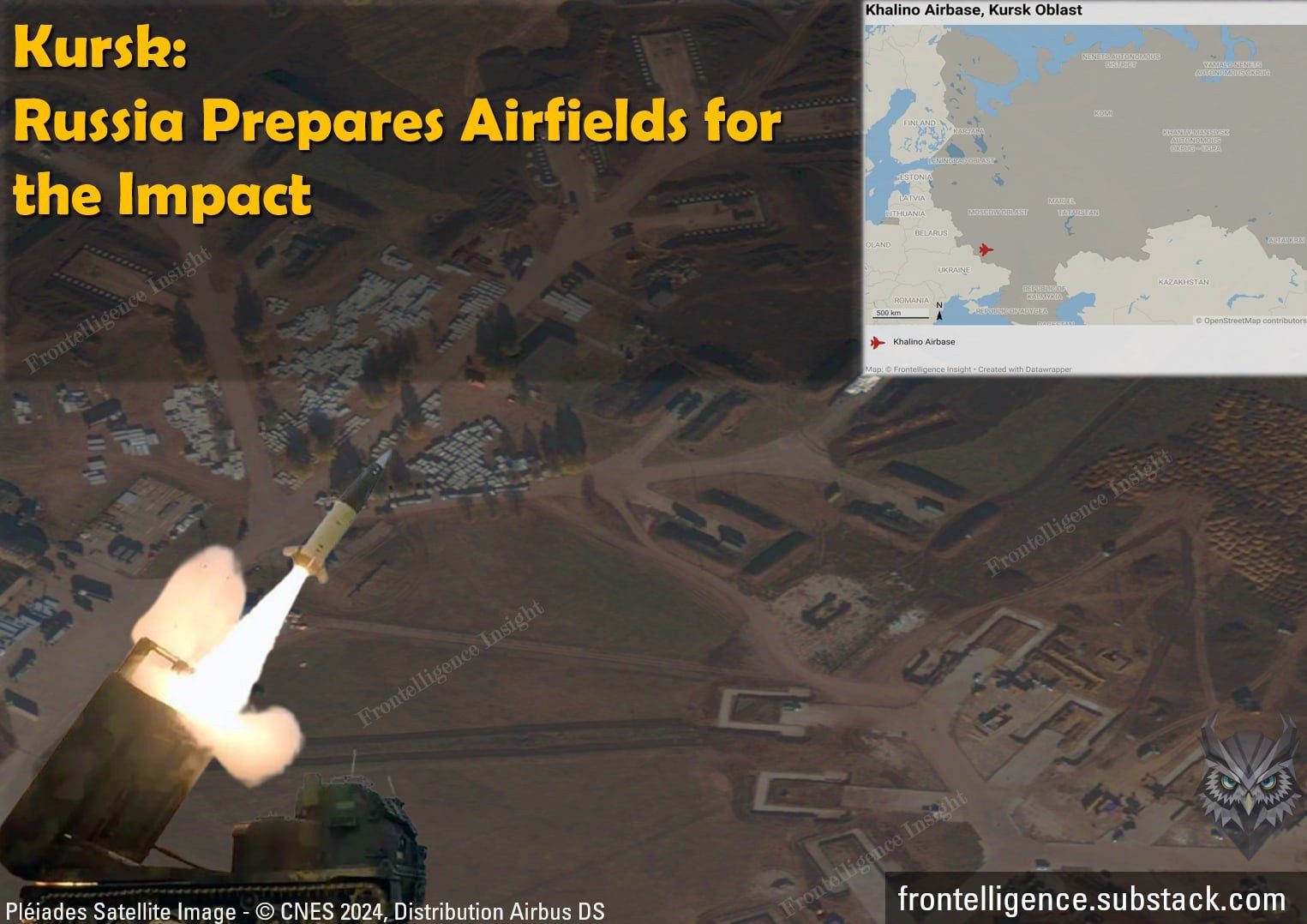
Russia braces for ATACMS strikes on airfields, yet expectations should be tempered
Russia has strengthened its Kursk airbase, anticipating Ukraine’s ATACMS strikes. However, limited missiles, heavy air defenses, and geographic constraints will restrict the impact of these strikes, leading to tactical gains rather than decisive outcomes.
The announcement permitting Ukraine to strike inside Russia with ATACMS came just the day before yesterday, but evidence suggests Russia has been fortifying the Kursk military airbase since early October, an analysis from Frontelligence Insight suggests.
Satellite imagery shows new aircraft revetments being built, expanding the airfield’s capacity for jets. Both the new and existing revetments are being reinforced with what appears to be concrete blocks for added protection:
The changes are clearly visible when compared to imagery of the same airfield spot from 2022. These newly built revetments offer limited protection, primarily against shrapnel and shockwaves, aiming to minimize damage from missile or drone strikes in the vicinity:
The presence of concrete blocks at the construction site indicates ongoing efforts to reinforce the revetments. It’s unclear whether the Russians plan to add roof coverage or focus solely on strengthening the walls.
Since the permission to strike was leaked and publicly announced, it is likely to reduce the impact of strikes. While similar construction activities have been observed at only one other airfield so far, our team expects this trend to extend to additional airfields soon.
With the risk of future ATACMS shipments from the US being cut off, Ukraine must be very wise in target selection and timing. In areas with heavy air defense, multiple missile launches may be needed for a few successful strikes — something Ukraine cannot afford.
ATACMS use may be limited to Kursk Oblast
Early reports suggest that Ukraine’s use of ATACMS missiles may come with specific geographic limitations. This nuance might significantly influence the outcomes of their use. Here’s a breakdown of what we can expect, given that the information about limitations is correct.
As reported before by our team Frontelligence Insight, Russian forces have moved many key air assets beyond ATACMS range, leaving mainly helicopters and close-support jets at the Kursk airfield within striking distance, reducing high-value targets.
Russia has a vast network of makeshift ammo depots, command posts, rail stations, and other tactical sites in Kursk oblast. However, their sheer number far outstrips the limited missiles available to Ukraine.
Ukraine faces difficulties with limited salvo sizes and significant ATACMS interception rates, reducing the odds of consistently successful strikes. Our team has detailed these dynamics in a dedicated report before, and they should be factored into expectations.
ATACMS variants differ in range and warhead type: some with unitary warheads, others with submunitions. Not all can reach 300 kilometers or target fortified structures, limiting the options further.
Quite serious doubts remain over whether Ukraine will be allowed to target Russian oil refineries or energy infrastructure, as the US has opposed similar operations before. While this remains speculative, there is a good chance that critical infrastructure might be excluded.
ATACMS will aid Ukraine on the battlefield without a doubt, but expectations should be tempered. Their use is unlikely to dramatically impact Russian or North Korean-linked forces in Kursk, delivering incremental tactical gains rather than immediate and decisive outcomes.
The goal is not to discourage public sentiment but to set realistic expectations, to avoid future speculation about why ATACMS didn’t shift the war’s tide or destroy the Russo-Korean forces in Kursk Oblast.
Possible ATACMS use against Bryansk ammunition depot earlier today
According to Frontelligence Insight’s records, based on Russian documents, the ammo depot struck in Karachev was supplying Russian units with 152 mm shells, 122 mm ammo for D-30, and 125 mm (VBK-16) rounds. The full extent of the damage is unclear, we are waiting for the imagery.
Additional note: The depot may have supplied a wider range of ammunition, these are simply the types we have documented records for.
If ATACMS were used to hit the Bryansk area – so far, only a Russian claim – it’s good news (additionally, Ukrainian publication Censor.net claimed the same, citing its sources, – Ed.). It means Ukraine might inflict much more damage, well beyond Kursk Oblast.
Russia’s nuclear threats are aimed at gaslighting Western opposition to handicap Ukraine.
Related:






